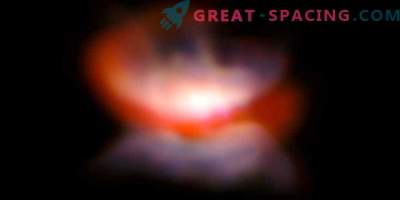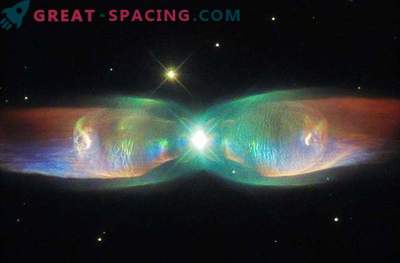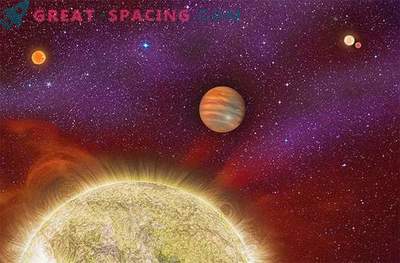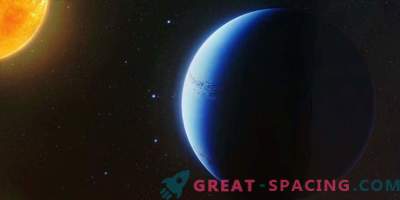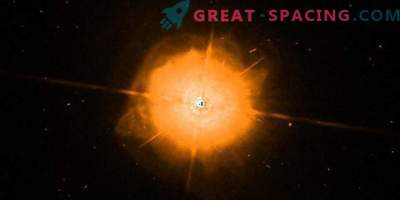
Our knowledge of the science of exoplanets now spans many decades. Long before the first confirmed planetary finds in the 1990s, in 1917 the observer was able to catch evidence of planetary debris around a new star. This shows a new study.
Evidence was obtained from an astronomical glass plate from the Carnegie Observatory collection, which depicts a white dwarf, the core of a star resembling our Sun. Since then, the object has died, spilling its gas-containing layers.
“The unexpected realization that this record from our archive in 1917 contains the earliest recorded evidence of a polluted white dwarf system is simply unbelievable,” said John Malchy, director of the Carnegie Observatory, who helped the author of the study to review it. “And the fact that this was done by such a prominent astronomer in our history as Walter Adams only increases the excitement.”
In the spectrum, Adams recorded the chemical fingerprint of a star known as the star van Maanen, showing heavier elements that should not have been there. Calcium, magnesium and iron had to disappear due to their weight. These elements prove that in this planetary system there is a lot of garbage that constantly falls into a star, creating a “polluted white dwarf”. Their existence has been known only for about the last 12 years. This came as a surprise to astronomers, because white dwarfs, being so old, could not have any remnants of planetary material (which is often found in young star systems).
And then the mystery is only growing: there were actually no planets found around the star van Maanen, but as the lead author Jay Farihi said in a statement, this is likely to happen soon.
“The mechanism that creates rings of planetary debris and deposition on a stellar atmosphere requires the gravitational influence of high-grade planets,” he said. “The process cannot happen if there are no planets there.”
“Carnegie has one of the world's largest collections of astronomical plates with an archive that includes about 250 thousand plates from three different observatories — Mount Wilson, Palomar and Las Campanas,” added Malcea. “There are tons of history in our basement, and who knows what kind of finds we could dig up in the future?”


